Recent Observations on Borneo Liberica Coffee
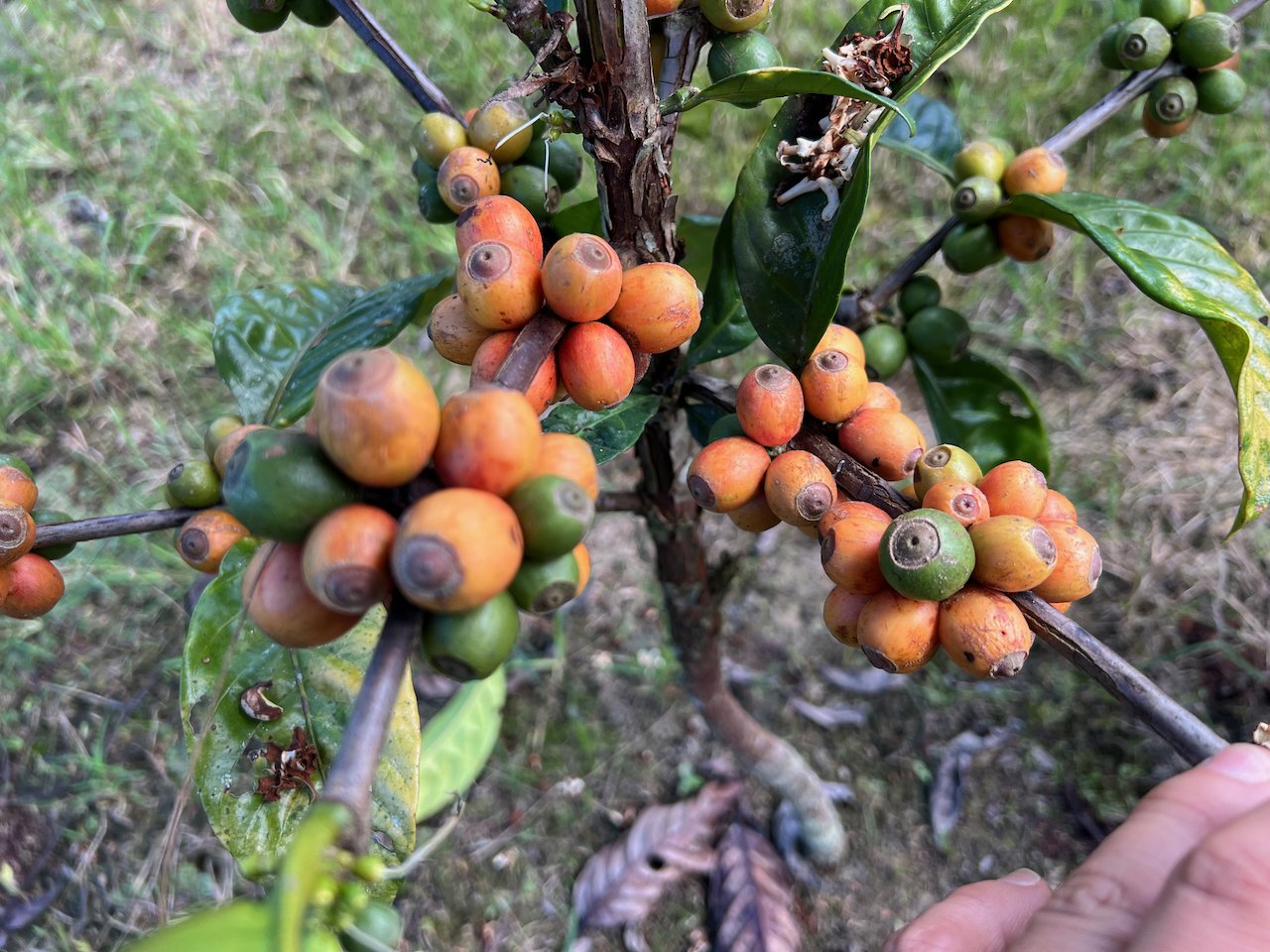
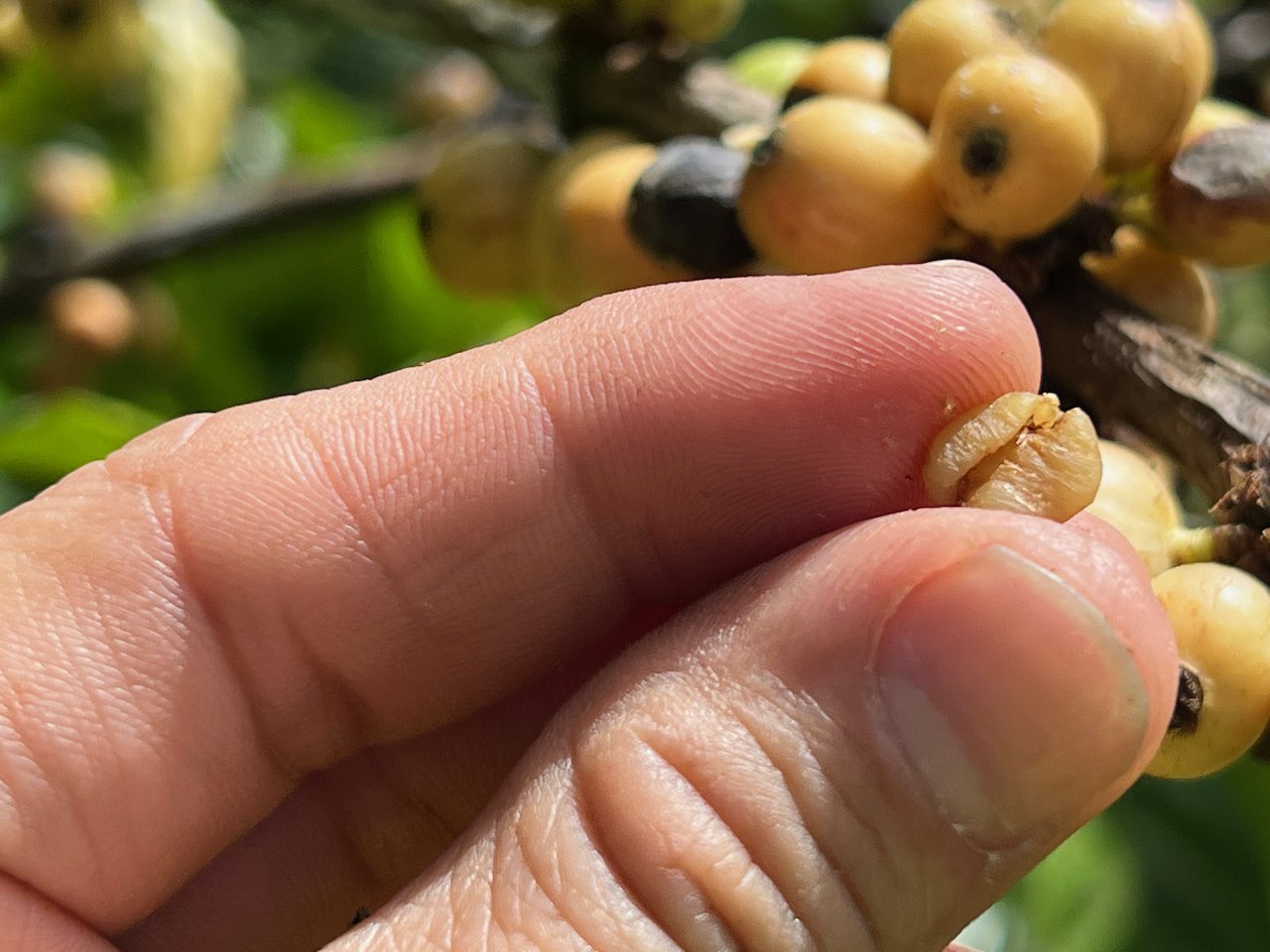
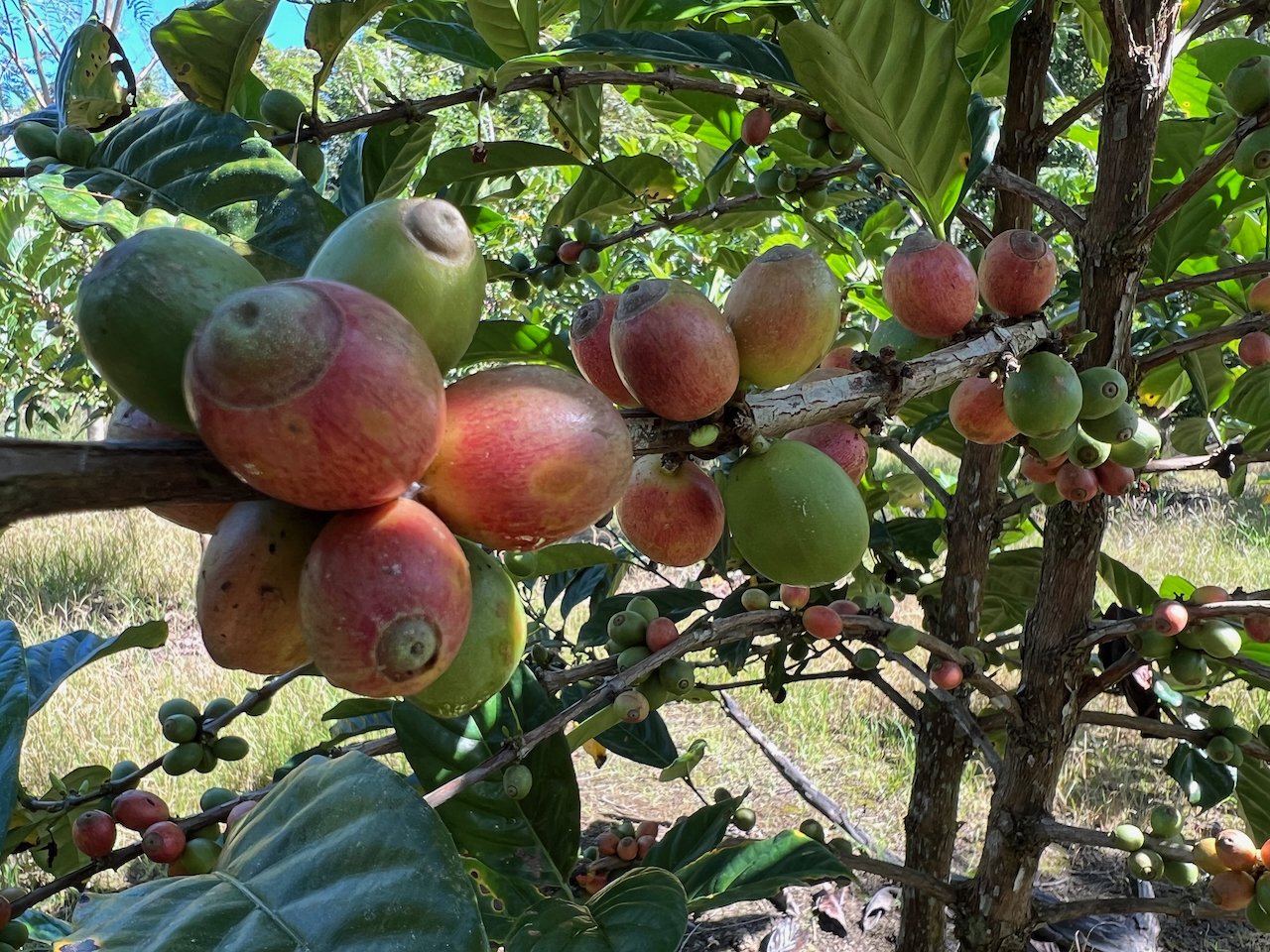
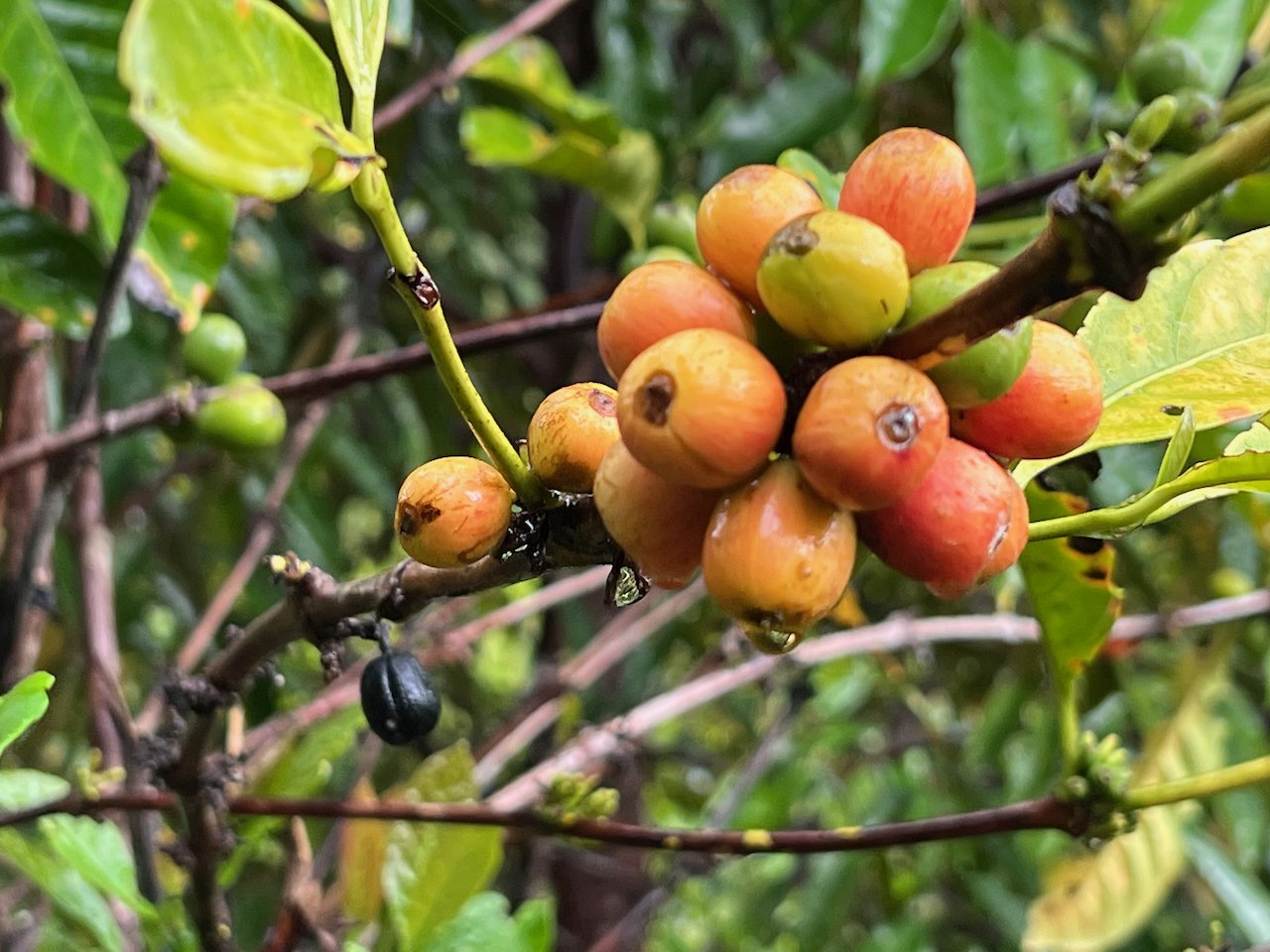
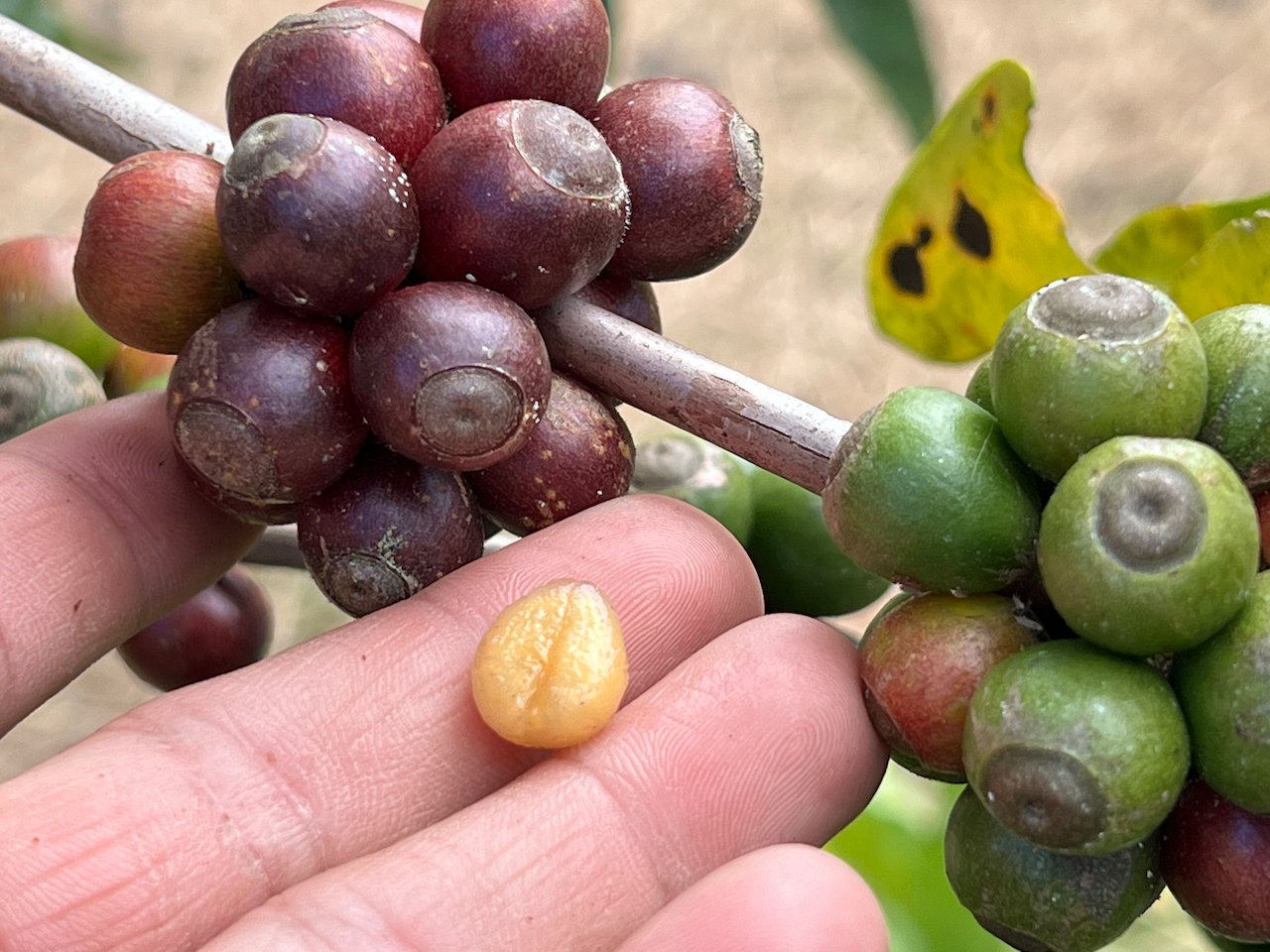
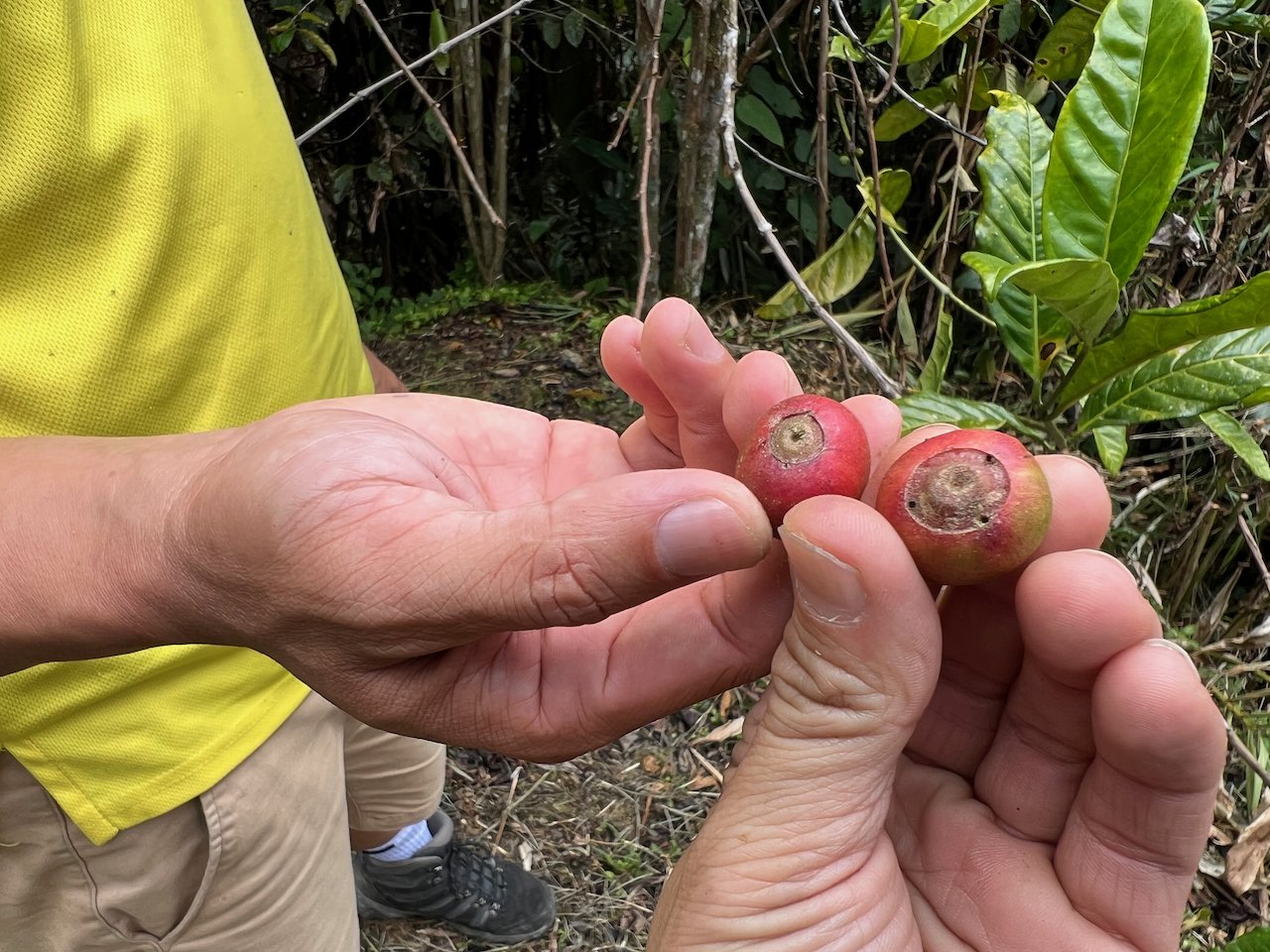
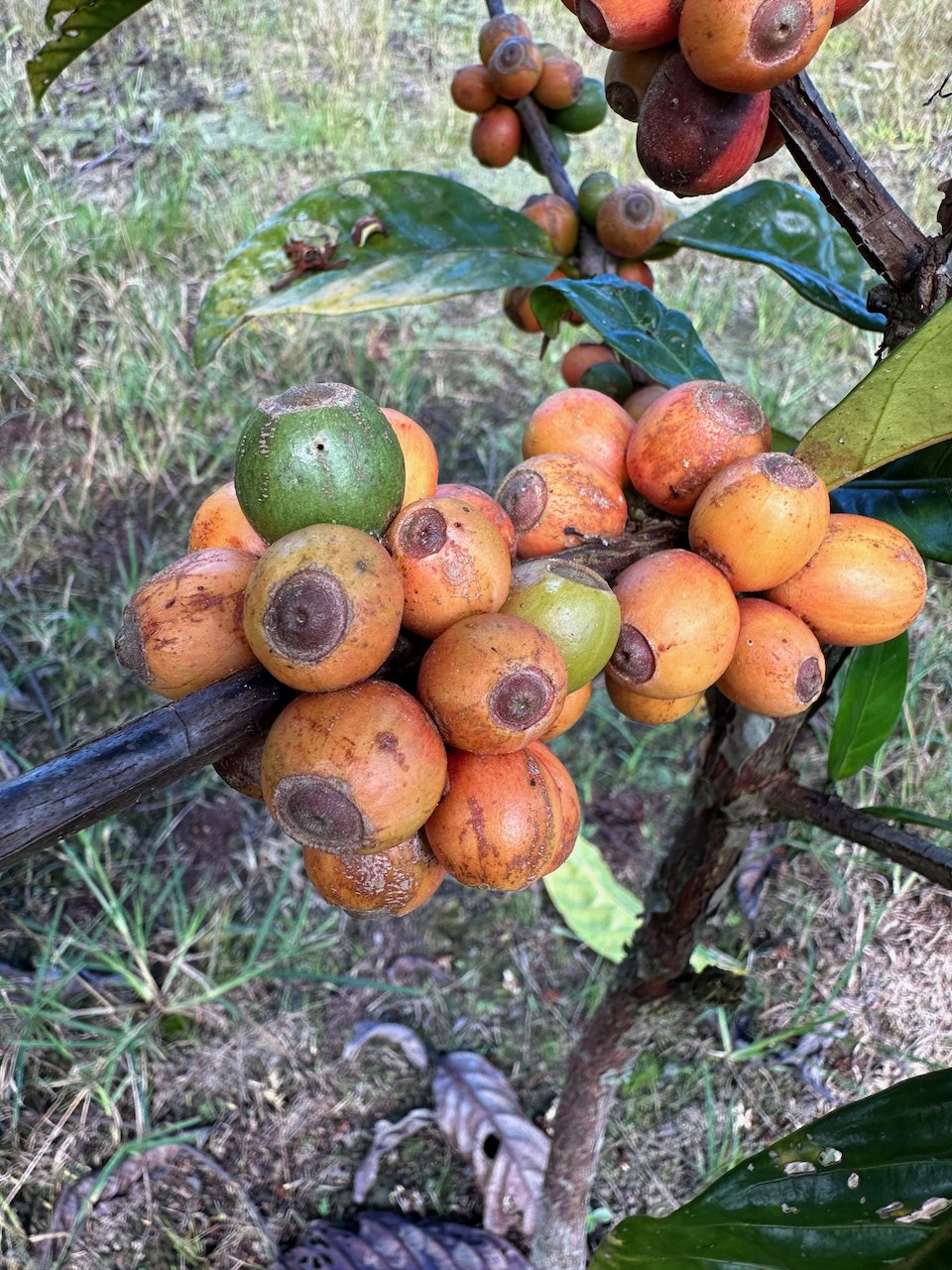
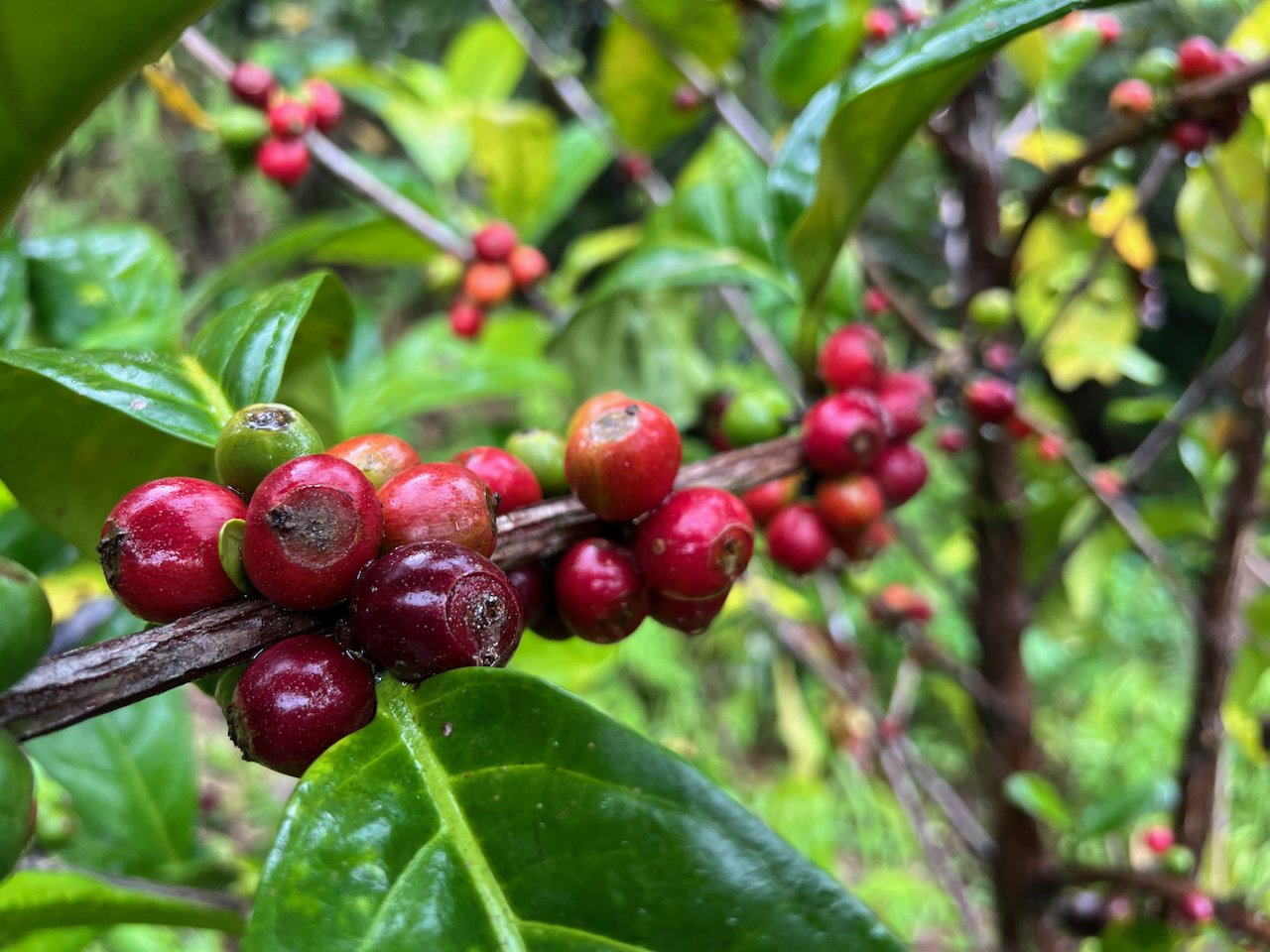
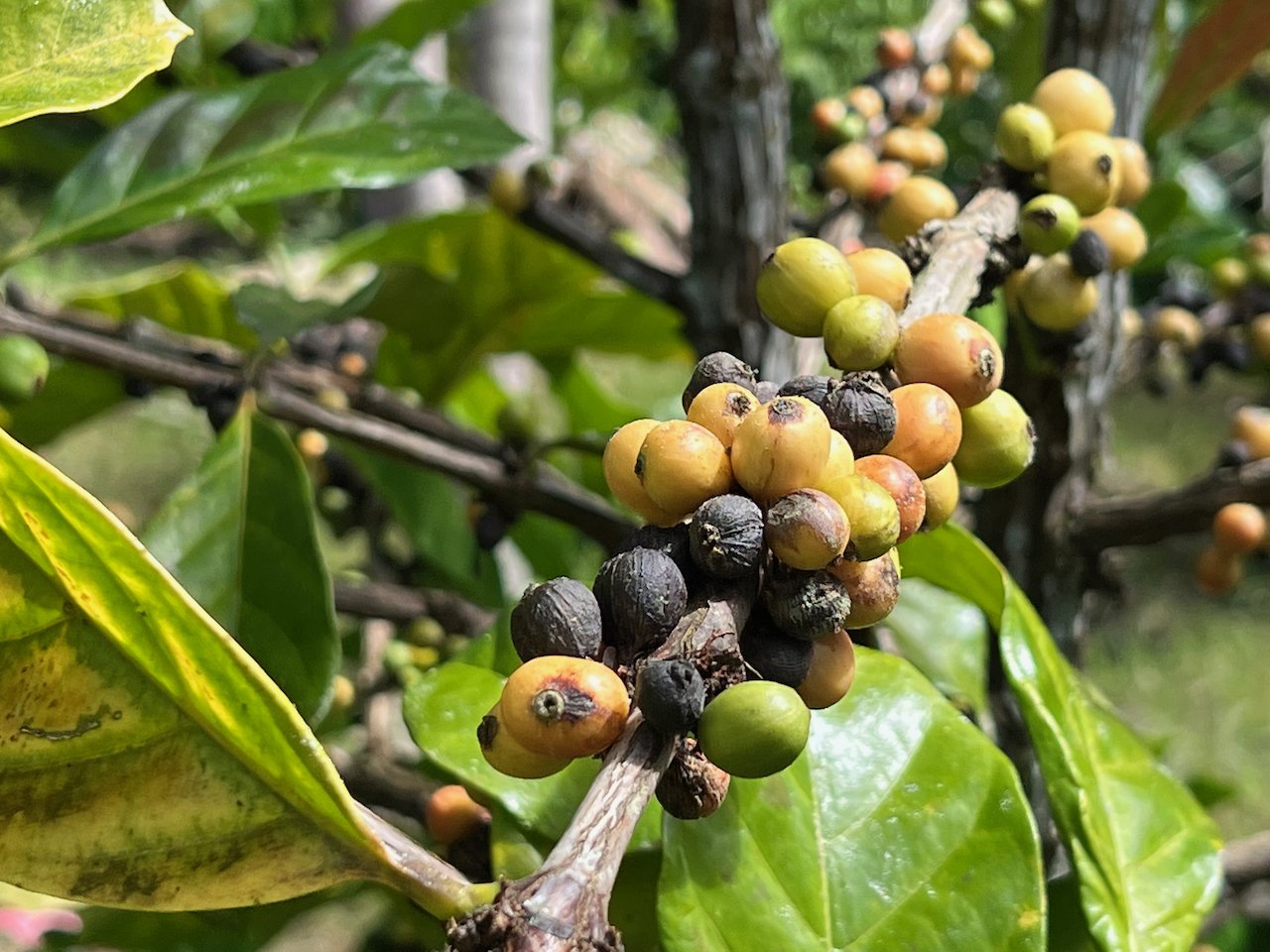
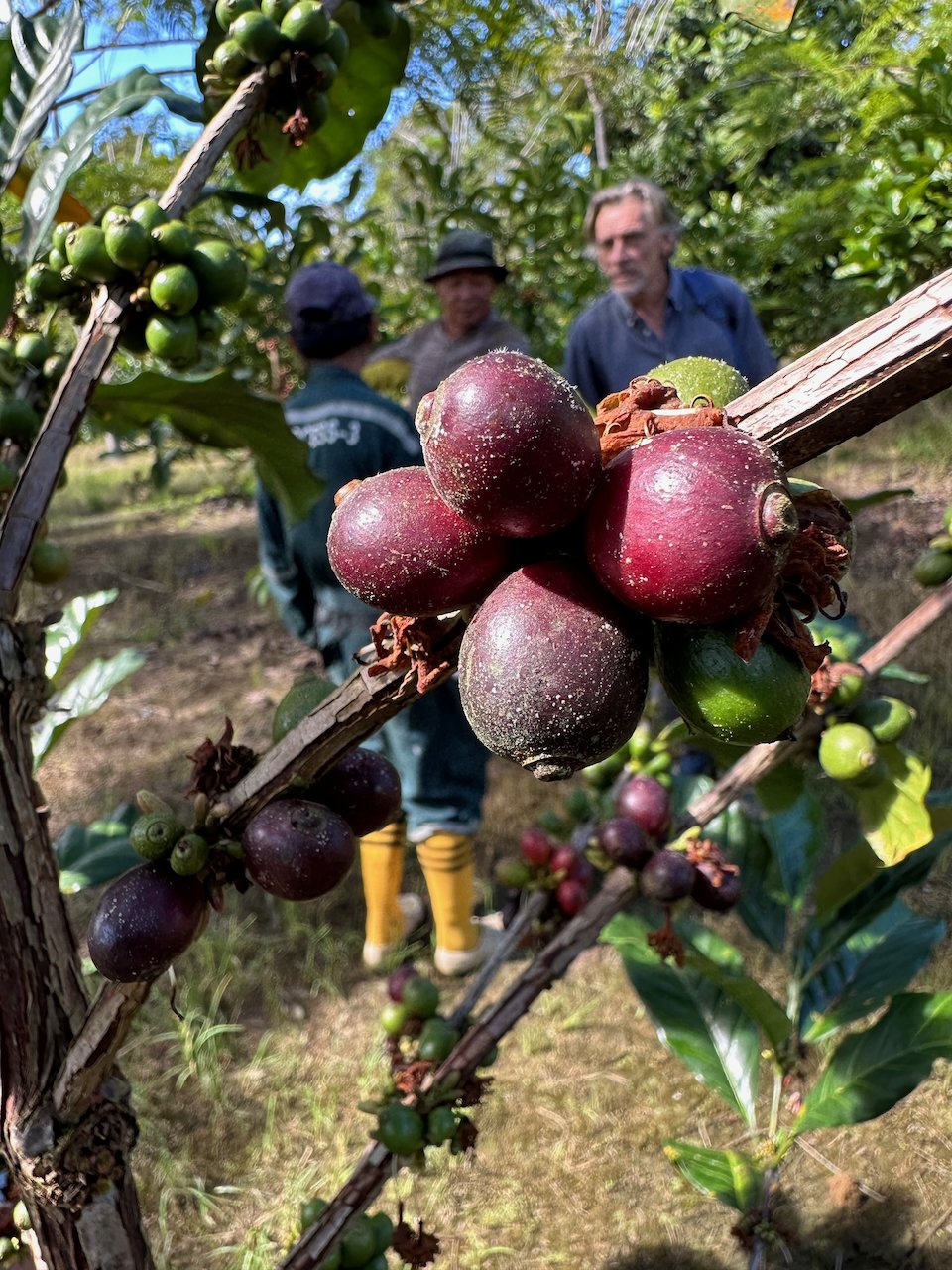
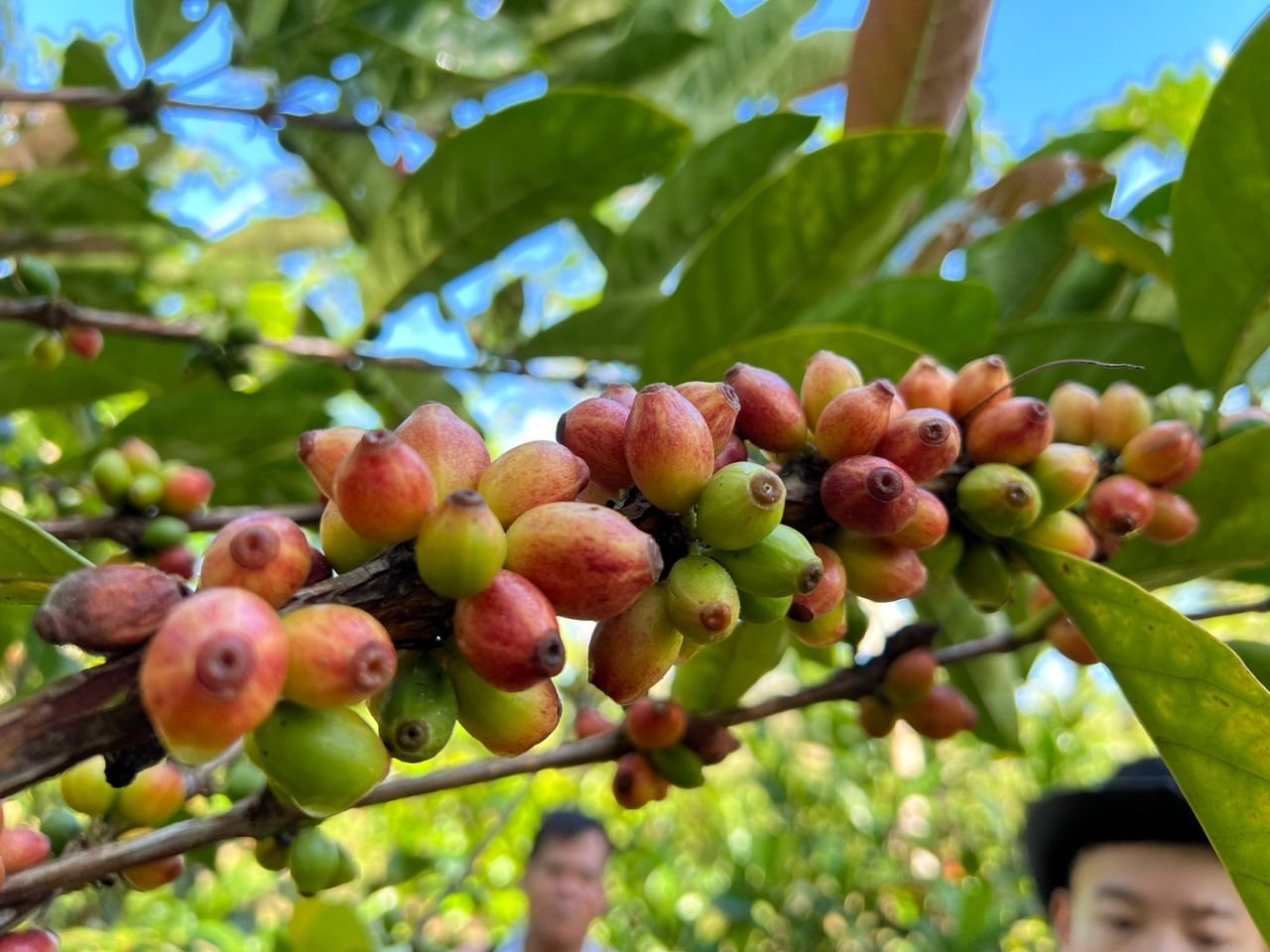
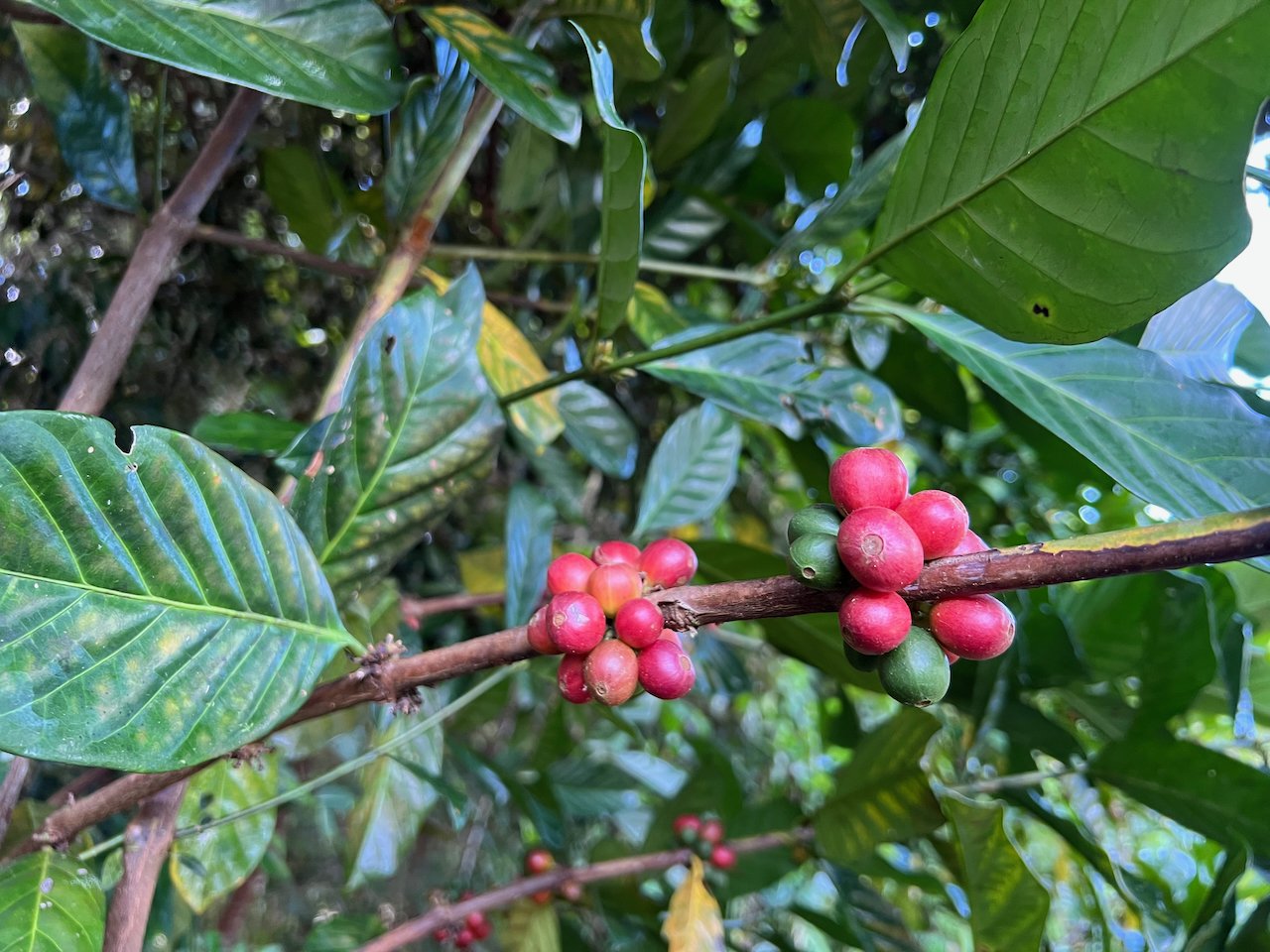
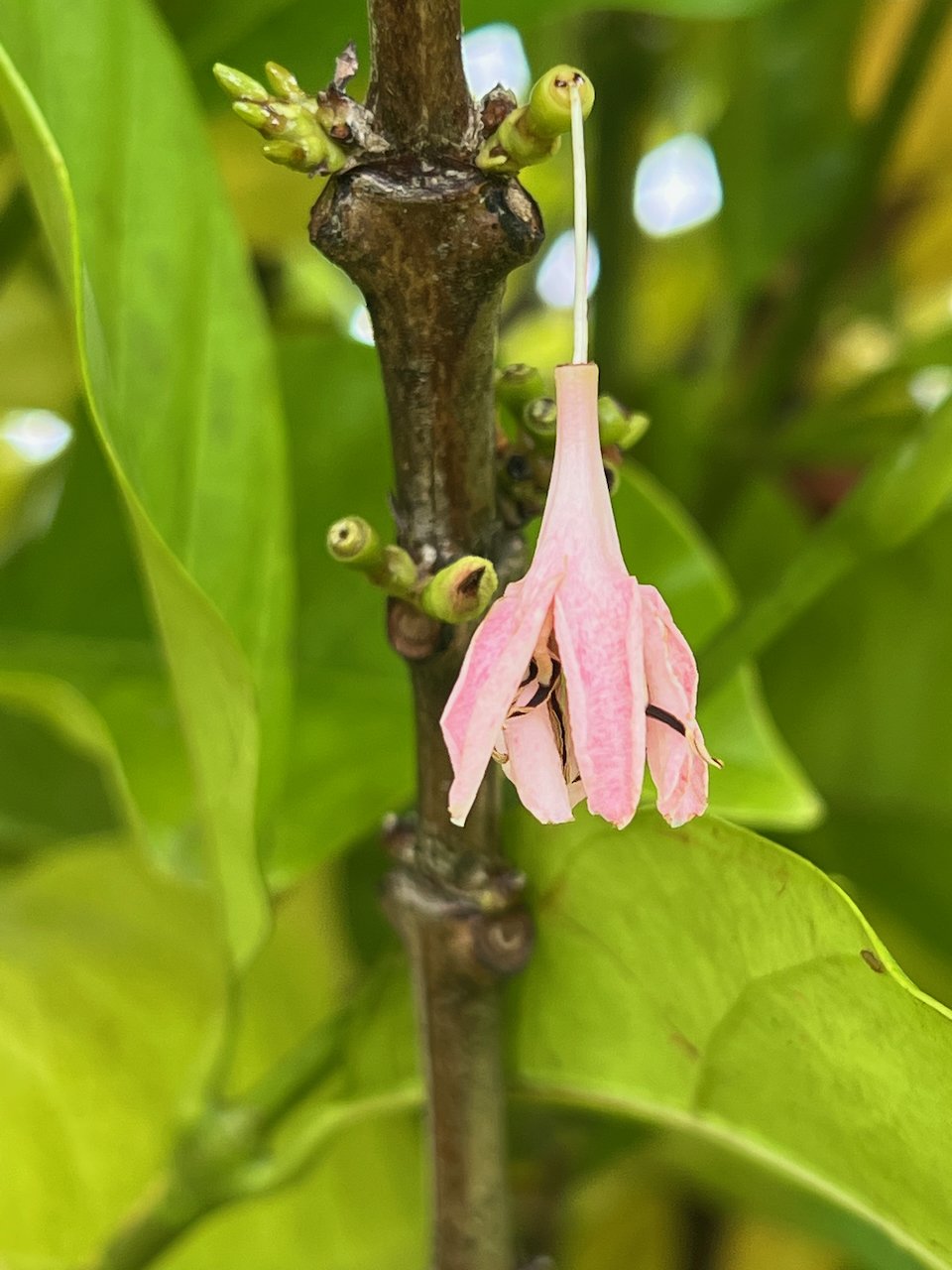
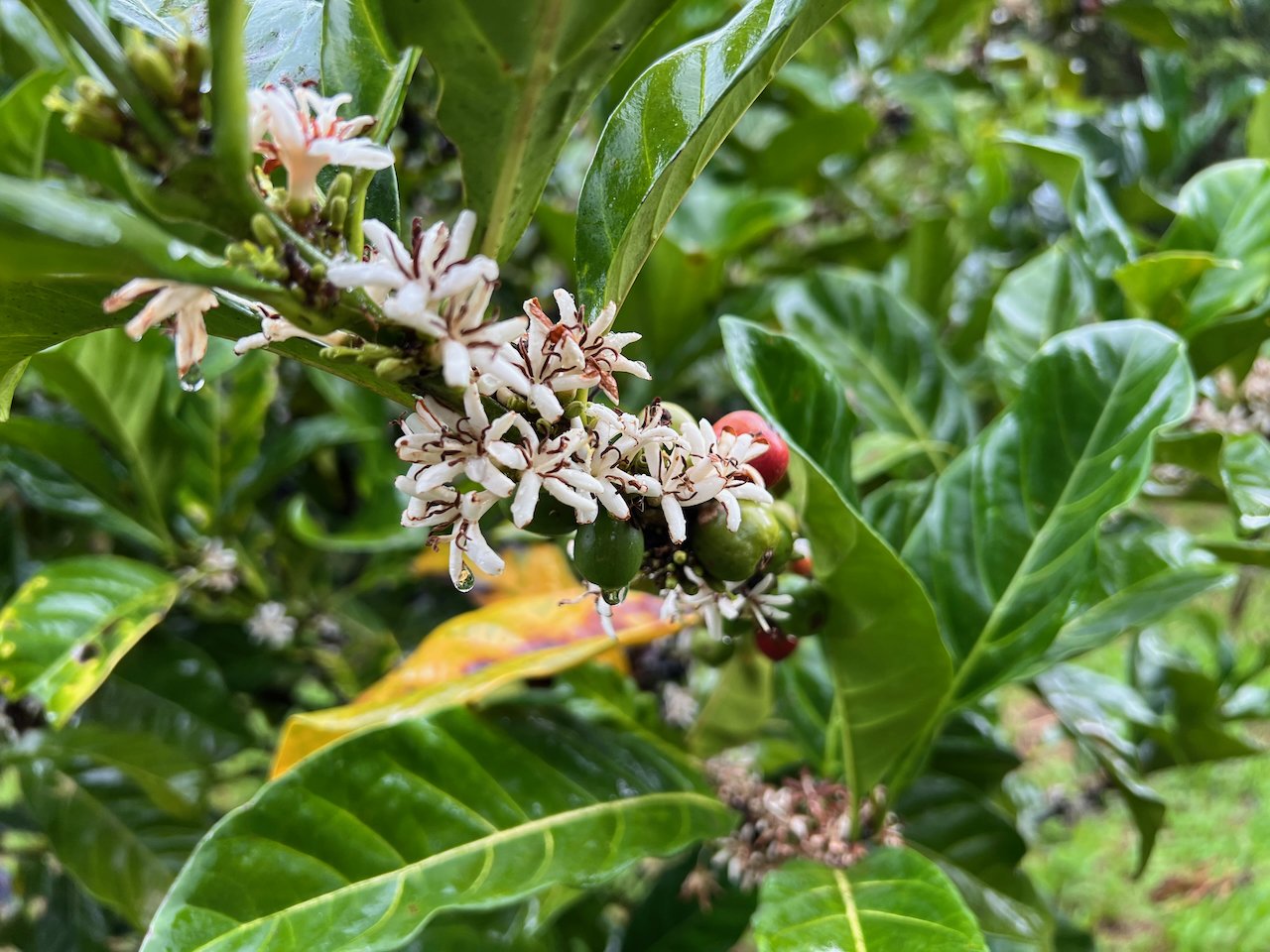
By Dr Kenny Lee Wee Ting
Liberica has been cultivated in Southeast Asia since the late 19th century and has a cultivation history of 140 years. However, it only accounts for less than 2% of global coffee production. This phenomenon is due to its own biological characteristics and crop economics. This article attempts to address these questions through the current development status of Liberica coffee in East Malaysia.
This article is a continuation of our observations and sharing of the Liberica coffee issues in Sarawak, Malaysia, following the Borneo Coffee Symposium and the first international Liberica roasting competition held in 2019. For related information, you can refer to an article by our friend Dr Bertha Chin published on Perfect Daily Grind on May 3, 2019, titled ‘How The Malaysian State of Sarawak Is Rethinking Liberica Coffee.’
Since the devastating outbreak of coffee leaf rust in Sri Lanka and Southeast Asian countries in the late 19th century, Liberica coffee from West Africa was introduced to Southeast Asia as a candidate coffee variety with effective resistance against coffee leaf rust. Later, different factions of Western colonisers planted Liberica coffee in Malaysia, the Philippines, and Indonesia.
In the 1900s, Canephora (Robusta) was discovered as an option with similar resistance to coffee leaf rust but higher yield and gradually replaced Liberica as the mainstream coffee crop in Southeast Asia. Subsequently, in 1927, Hybrid de Timor, a natural hybrid of Arabica and Canephora discovered in East Timor, became another option.
Since Hybrid de Timor is an Arabicoid, being a tetraploid coffee like Arabica, they can crossbreed. Its emergence provided Arabica coffee with a hybrid genetic resource that not only had resistance to coffee leaf rust but also improved productivity. Planting such Arabica hybrids became a better option in Indonesia and other areas, further diminishing the demand for Liberica.
In Malaysia, some Liberica coffee trees were abandoned in the dense rainforest, while others became a small-scale option grown by local communities. Despite the continuous efforts of the Malaysian Agricultural Research and Development Institute (MARDI) to develop Liberica varieties with better disease resistance and higher yield over the past few decades, the limited acceptance of Liberica coffee flavour in the market, coupled with its low productivity and challenging harvesting, has hindered its economic viability.
Although in recent years, there have been award-winning Liberica coffee estates like My Liberica in Peninsular Malaysia, the situation in East Malaysia’s Borneo is different.
Having promoted Liberica coffee in Sarawak, East Malaysia, for many years, I was invited by Alasdair Clayre, a white indigenous person (locally known as Orang Putih Asli) from the interior of Sarawak, to visit the local Indigenous Liberica coffee plantations in April this year. Our group, including Raven Kwok from Earthlings Coffee and Jackz Lee from Sabarica, embarked on a journey to the remote inland areas to assess the current state of Liberica coffee cultivation among the indigenous communities and help address their challenges.
Overall, the results of our exploration were both surprising and concerning. Firstly, we discovered that there may be many undiscovered Liberica and Excelsa coffee varieties in the highlands of Borneo. From the Bario Highlands in the interior of Sarawak to the Long Banga village, we passed through many indigenous longhouse communities, where Liberica and Excelsa coffee were grown in sparse quantities, ranging from a few hundred to several thousand trees. Similar situations are said to be found in many villages in Sarawak.
Surprisingly, in many of the villages we visited, when asked about the varieties they planted, the local villagers proudly told us that they were planting “good, large-sized Arabica" coffee. However, upon entering the plantations, we found that they were mostly growing Liberica and Excelsa varieties, with only one or two Canephora trees. It seems that many villagers were not properly informed of the type of coffee they are planting.
Regarding Excelsa, which was initially considered a separate species but later included as a variety of Liberica; this is an ongoing debate. However, from the perspective of seed morphology alone, the differences between Liberica and Excelsa are much greater than those between Arabica and Canephora.
These two types of coffee are interplanted in the highlands of Sarawak, and the Liberica coffee trees grown by the indigenous communities in this region not only differ in appearance but also in the colours, shapes, yields, and flavours of their cherries and seeds. Along the way, we encountered Liberica (or Excelsa) trees with cherries in red, yellow, orange, and purple colours. Among them, the purple cherries could be further categorised into large and small-sized cherries.
In terms of fruit morphology, in addition to the large-sized, puffy, almond-shaped Liberica with a wider centre cut that is commonly seen in the market, there are also variations with smaller-sized, raindrop-shaped Excelsa seeds. Some cherries even resemble dates or olives, with sharp and pointy ‘nipples’. A pink Liberica blossom is also spotted for the first time during the trip.
We later found cherries that are dark green in colour but actually ripened during our second trip hundreds of miles downstream in the Uma Bawang region of the Baram River. The fruits of the entire tree would turn black after becoming dark green.
Regarding the petals of the coffee blossom. The general consensus is that the Arabica has between five to six petals, Canephora has six to seven, and Liberica has seven to eight. However, the Liberica we found here was not the case at all, with the number of petals ranging from five to nine (which inevitably reminds us of C. racemosa).
In addition to white, the flowers are also pink. There is a variety of Liberica trees with extremely small flowers, and short and round petals that don't look like the slender petals of coffee flowers, but rather like miniature jasmine flowers.
Another noteworthy issue is the impact of different altitudes on the shape of Liberica. Based on my observations, the Liberica coffee commonly seen in the market, characterised by large, puffy, elongated beans resembling almonds, is mostly grown in lowland areas and is rarely found in highlands. Liberica grown in the highlands of Sarawak seems to resemble the “hard beans" of many Arabica varieties, with a tighter centre cut, smaller bean size, and higher density. There are also noticeable differences in taste. Similar traits were observed in Liberica from high-altitude regions in southern India and the interior of Sarawak around 500 masl.
Regarding the classification of these Liberica types and the possibility of undiscovered varieties, as well as the potential hybridisation between Liberica and other coffee species similar to the S288 hybrid (a natural tetraploid hybrid of Liberica and Arabica) discovered in India, we are actively collaborating with Coffee Consulate, a coffee research institution in Germany, to find answers to these questions.
As for the source of the local coffee seedlings, today, most of them were provided by government-based agricultural agencies. Government initiatives aren’t exactly a strange thing within this part of the world, considering it was the colonial government who initiated cultivating cash crops, including coffee in the Southeast Asia region.
The history of Sarawak coffee, is another form of coloniality. This portion of this piece is written by our friend, Melissa Riman, a PhD Researcher and also a volunteer researcher for the Brooke Museum.
Sarawak was once ruled by British subjects, called the Brookes. They weren’t exactly associated to the British Empire but were trading within the empire system. Now this included coffee and tea. The second Rajah Brooke i.e. Charles Brooke formulated many policies that included agricultural production and trade. His interest in coffee prompted information seeking from Ceylon. According to the records found in the Sarawak Gazette, Liberica seeds arrived in Sarawak around 1876-1877. Prior to that, Sarawak had already planted Coffea Arabica since 1866. However it was not successful, due to environmental constraints.
Record suggests that Liberica was introduced to Sarawak in 1879 to replace Arabica. They were first planted around the country (Sarawak was a sovereign nation, prior to colonial British in 1941), for example in Segu (today it is known as Segu Benuk), Satap, Simanggang, Lubok Antu, Saribas, Kapit, Mukah, Bintulu, Baram and in many other smaller family farms. Some of these coffee farms were also initiated and maintained by Roman Catholic missionaries. Coffee instantly became the first cash crop for the Iban people and later followed by other indigenous farmers.
The first large-scale Brooke government coffee plantation in Sarawak is up on Mount Matang. An Italian naturalist, Odoardo Beccari began an expedition up in Mount Matang, prompting Charles Brooke to build a coffee farm around the mountain and a villa called Vallembrosa, where he spent most of his time caring for the plantation. The plantation villa also housed guests such as the painter Marianne North (her works can be found at the Kews, London).
All of this information can be found in the Sarawak Gazette 1888, the Bulletin of Miscellaneous Information (Royal Botanic Gardens, Kew) Vol. 1888, The Brooke’s Archive and from the columns of Ceylon Observer.
Now let’s get back to my story. There were also another school of thought that claims coffee seedlings were brought into Sarawak, from her neighbour Kalimantan, Indonesia. It might make sense since the Dutch, during that period of high migration time were also populating Indonesia with coffee farms. Before or even during the establishment of a new political border i.e. Malaysia in 1963, there had always been an extensive interaction between all of the indigenous groups in Sarawak and Kalimantan. But what I want to focus on right now is the Sarawak highland indigenous community such as Kelabit, Kenyah, Penan, Sa’ban - especially because I am working closely with these communities now.
Within the dense rainforest of Borneo, there is an invisible political line separating Malaysia Sarawak and Kalimantan Indonesia. Stretching out over a thousand kilometres (1,032km to be precise), there are patches of unguarded “borders” connecting the communities in Sarawak and their neighbours in Kalimantan. Today, they still visit each other, exchange goods and labour, as they always do for generations.
Even in recent years, there have been reports of people smuggling coffee seedlings from the Indonesian border into Sarawak. This has resulted in significant differences between the Liberica coffee grown locally and that in West Malaysia. Local farmers rarely grow the MK series Liberica developed by MARDI.
During a recent cupping session held in Kuching, Sarawak’s capital city, our team, together with indigenous Liberica coffee farmers from the rural Sarawak, tested 14 different Liberica samples, including those from West Malaysia, India, Kalimantan, lowlands and highlands of Sarawak (Excelsa samples were also among them). There are significant flavour differences among these Liberica varieties.
From another perspective, Liberica coffee has great potential for exploration. Regarding the flavour characteristics of Liberica, a comprehensive flavour report was compiled by Dr Steffen Schwarz based on the records of professional judges from around the world during the 2019 Liberica Coffee International Roasting Competition. Dr Schwarz, the head judge of this competition, is a pioneer in advocating Liberica coffee in Europe. Look up ‘Liberica Coffee International Roasting Competition 2019’ for more information on this report.
Setting aside the limited acceptance of Liberica’s unique flavour in the market, there are still many challenges faced by the Liberica cultivators.
From a yield (rendement) perspective, current data suggests that Liberica coffee has a yield of approximately 7% on average, while Excelsa coffee has a yield of around 11%. This means that from 100 kilograms of Liberica cherries, we can obtain only about 7 kilograms of seeds. According to Jason Liew, the owner of My Liberica plantation in Malaysia, if anaerobic processing is applied, the seed damage rate will be higher, resulting in even lower yield.
Based on the information provided by another Liberica plantation owner, Mr Esham, from West Malaysia, he mentioned that in many cases, the actual yield of Liberica is only around 5%.
As for the claim that Excelsa's yield can reach up to 11%, it comes from a paper published on December 15, 2022, on nature.com titled "The re-emergence of Liberica coffee as a major crop plant."
The same paper also points out that Excelsa has a flavour profile that surpasses Liberica, with notes of dry cocoa, peanut butter, and maple syrup. Samples from Southern Sudan even exhibited flavours of cranberry, fig, plum, and creamy chocolate.
It is essential to note that when comparing the productivity of Liberica and Excelsa, it is not enough to rely solely on the yield. This characteristic should be considered in terms of total fruit production per tree each year for meaningful comparisons. Unfortunately, we do not currently have data on this aspect.
However, there is mention in another paper titled "The organic carbon dynamics of peat soil under Liberica coffee cultivation" (B Hafif and K D Sasmita 2020) that in low-yield conditions, Liberica can produce only about 200 grams of green beans per tree per year. Trees aged 4 to 6 years can yield around 600 grams annually, while mature trees over ten years old can produce up to 1 kilogram per year.
However, regardless of the comparisons, Liberica is at a disadvantage compared to Arabica and Canephora, which have yields ranging from 20% to 25%. (It is reported that the latest Liberica cultivar selected by Mardi, namely MKL 8, MKL 9, MKL 10, can achieve a yield of up to 10.6%. if it is true, this would be an exciting outcome worth anticipating.)
Furthermore, unlike Arabica coffee, which is a shrub, Liberica coffee is a small tree that requires more space. Approximately 300 to 500 trees can be planted per acre of land (depending on the formation), and each tree produces about 10 to 20 kilograms of cherries per year. Calculating based on a 7% yield, even without accounting for seed damage during processing, the productivity per acre of land remains low. Additionally, in Malaysia, where labour costs are generally higher compared to neighbouring countries, the cost of cultivating Liberica becomes even higher.
Plus, in certain regions of Malaysia where the dry and wet seasons are not distinct, Liberica coffee trees flower and produce cherries throughout the year, requiring continuous harvesting. This further increases the difficulty and cost of cultivation and processing. These factors are likely the reasons why Liberica has become an unpopular coffee crop.
Regarding solutions to the aforementioned issues, I have a few personal thoughts for reference:
Firstly, from a cost structure perspective, due to its high production difficulty and heavy costs, Liberica coffee is naturally unsuitable as a cheap, mass-produced coffee substitute. Instead, it should be produced as a specialty coffee.
Before production, it is essential to accurately identify the corresponding market segments within the vast and complex global coffee market and customise production according to targeted market demands. Additionally, producers should make good use of side products during Liberica production, such as cascara and dried coffee blossoms, and optimise their production.
Attempting to analyse Liberica production using the existing calculations and business models of Arabica and Canephora is impractical. If the high production costs of Liberica coffee are not addressed, Liberica cultivators lack sufficient profit and incentives for their cultivation, and any initiative and effort to commercialise Liberica would not be sustainable.
From a Liberica cultivator’s perspective, he or she should also conduct precise calculations during the planning phase to determine the minimum acreage of land needed and the number of plants required to generate reasonable returns.
The family-style "smallholder farming" model is not impossible, but the planting quantity of each household must reach a scale that is economically viable. I do not recommend planting quantities below 1,800 unless the ultimate goal is not profit-driven sales, but rather to meet the needs of oneself and one's family (subsistence farming,).
These considerations are crucial, as without proper calculations, local coffee projects are prone to abandonment.
Lastly, for quality optimisation, classifying and cultivating different types of Liberica coffee, and conducting further research on processing methods may enhance market acceptance and ultimately increase Liberica’s market value. These are the directions my team and I at Earthlings Coffee Workshop are currently working on along with many associates and Liberica cultivators in Sarawak.
